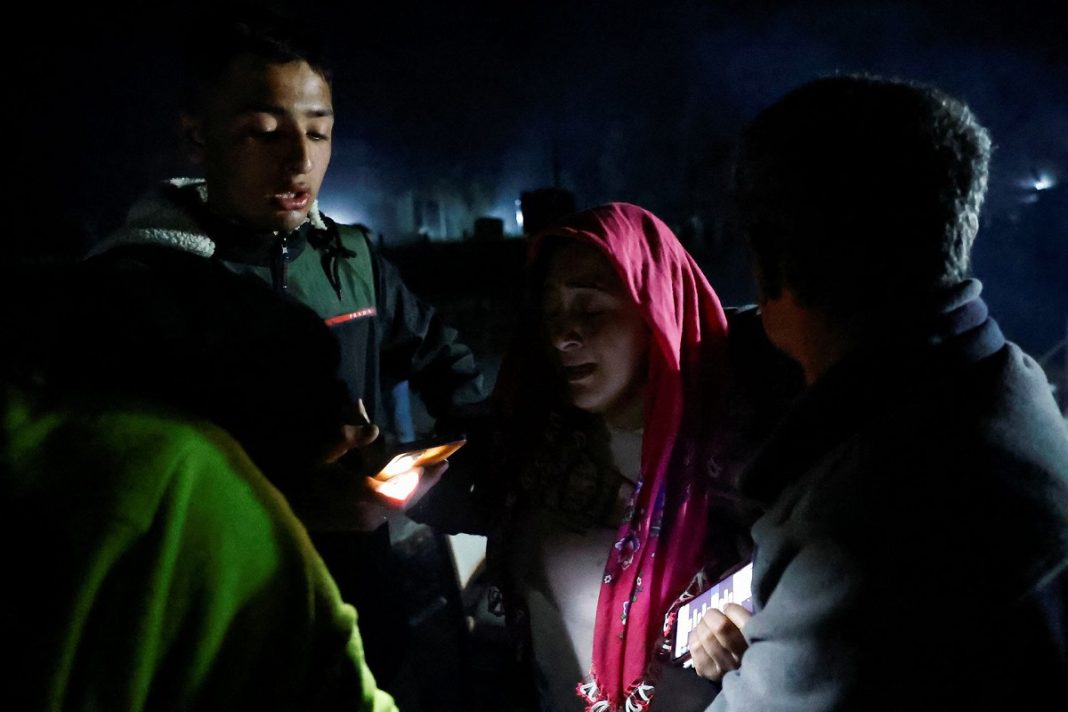Monday’s quake of magnitude 6.4 was centred near the Turkish city of Antakya and was felt in Syria, Egypt and Lebanon.
It was followed by 90 aftershocks, Turkey’s Disaster and Emergency Management Authority (AFAD) announced, even as rescue work from the initial tremors on Feb. 6 have been winding down.
Turkish Health Minister Fahrettin Koca noted 294 people had been injured in the latest quake, adding that patients were evacuated from some health facilities that had remained in operation after the first quakes, as buildings cracked.
World Health Organization head Tedros Adhanom Ghebreyesus stated he is “concerned about ongoing tremors” in Turkey and Syria.
“WHO teams are supporting health workers and mobile clinics in both countries with medical supplies so they can offer immediate care to everyone in need,” he posted on Twitter.
President Tayyip Erdogan’s government has faced criticism over what many Turks said was a slow emergency response to the first quake and over construction policies that meant thousands of apartment buildings crumbled on victims when disaster struck.
Erdogan, in power for two decades, faces presidential and parliamentary elections in May, although the disaster could prompt a delay. Even before the tremors, opinion polls showed he was under pressure from a cost of living crisis, which could worsen as the disaster has disrupted agricultural production.
He has promised a swift reconstruction effort, although experts say it could be a recipe for another disaster if safety steps are sacrificed in the race to rebuild.
AFAD announced the death toll in Turkey from the Feb. 6 disaster had reached 41,156 and was expected to climb, while 385,000 apartments were known to have been destroyed or damaged.
Governments from around the world have pledged assistance.
